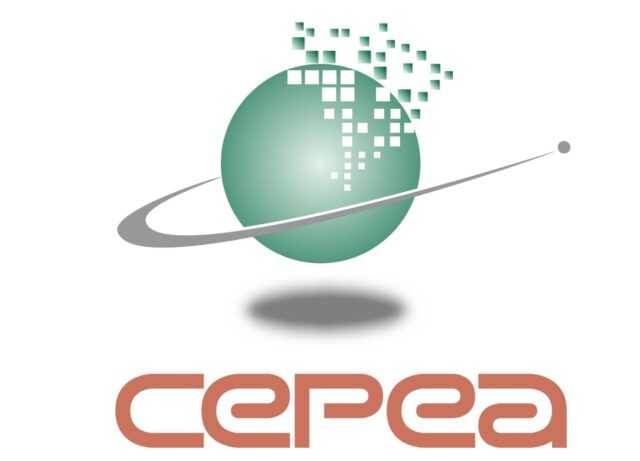SAO PAULO, Brazil – According to the latest quarterly analysis from Cepea, both liquidity and the prices for arabica coffee increased in the Brazilian market in January, despite the release of Conab’s report on January 19th, which revised up – by 7.9% – the estimate for Brazil’s coffee production (arabica and robusta) in the 2022/23 season, to 54.94 million bags of 60 kilograms, in spite of the negative biennial cycle – in 2022/23, the output totaled 50.92 million bags.
For arabica, Conab estimates the current season to be 14.4% higher than the previous, at 37.43 million bags – with the highest increases in Minas Gerais.
On the other hand, for robusta, the output is forecast to be 3.8% lower, due to weather issues, mostly at the beginning of the season. Thus, the total output may decrease from 12.35 million bags in 2022 to 11.46 million bags in 2023.
However, the opinion of the agents consulted by Cepea diverge. In general, they are still uncertain about crops’ productive potential, despite the high moisture in most coffee-producing regions in Brazil.
Some of them believe the total output will be higher than the estimated, with higher expectations for robusta production in Espírito Santo. Also, some others believe production will be the same or lower than that forecast by Conab for the 2023/24 Brazilian season.
In the Brazilian market, arabica prices increased in January, due to the higher interest of purchasers and valuations in New York. With the increases, agents reported higher liquidity along the month.
The CEPEA/ESALQ Index for arabica coffee type 6, delivered to São Paulo city, closed at BRL 1,103.18 (USD 217.25)/bag on Jan. 31st, 6.3% higher than that on Dec. 29th.
For robusta, the CEPEA/ESALQ Index (Espírito Santo) for the robusta coffee type 6, screen 13, closed at BRL 703.63 (USD 138.56)/60-kilo bag, 0.8% higher.


















